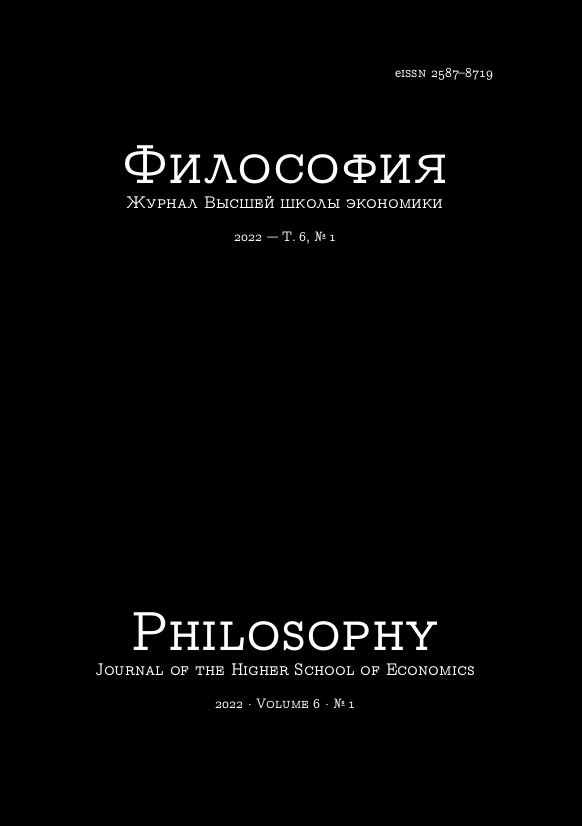«Соборность»: к вопросу о понимании термина в общественных кругах России в XIX – I четверти XX вв.
Аннотация
В статье рассматривается формирование и понимание термина «соборность» в общественных кругах России в XIX – первой четверти ХХ вв. Обычно этот термин трактуется как специфически русский и принципиально важный для церковного учения, философии, культуры, а также политики и идеологии. Исследование этой проблемы осуществлено в рамках «истории понятий». Термин «соборность» традиционно связывается с творчеством А.С. Хомякова, хотя он никогда им не использовался. Между тем, по мнению автора статьи, это слово вполне адекватно передает ход мысли православного богослова: «соборность» как церковное единство всех, всеохватность, напрямую связанная со Святым Духом. В статье делается вывод, что понятие «соборность», введенное в оборот с 1840-х гг., с конца века постепенно приобрело целый ряд мало связанных друг с другом значений: свободное единение (Ю.Ф. Самарин, О.Ф. Миллер, В. В. Розанов, А.С. Глинка-Волжский, С.Н. Трубецкой, Н.А. Бердяев), соборное управление (А.А. Киреев, В.С. Соловьев, В.П. Свенцицкий, М.О. Меньшиков, С.Н. Булгаков), коллективизм (С.Н. Булгаков), общественность (Вяч. Иванов), национальное единство (С. Петлюра). Само употребление слова «соборность» стало настоящим маркером причастности к различным направлениям: позднему славянофильству (свободное единство), церковному либерализму (соборное управление), всеединству (соборность сознания), социализму (коллективизм), украинскому национализму (национальное единство). Возврат к хомяковскому пониманию «соборного» (как кафолического) и развитие на основе этого понимания мистической концепции «соборности» начались лишь в 1920-е гг. (Г.В. Флоровский).
Скачивания
Copyright (c) 2022 Философия. Журнал Высшей школы экономики

Это произведение доступно по лицензии Creative Commons «Attribution-NonCommercial» («Атрибуция — Некоммерческое использование») 4.0 Всемирная.






